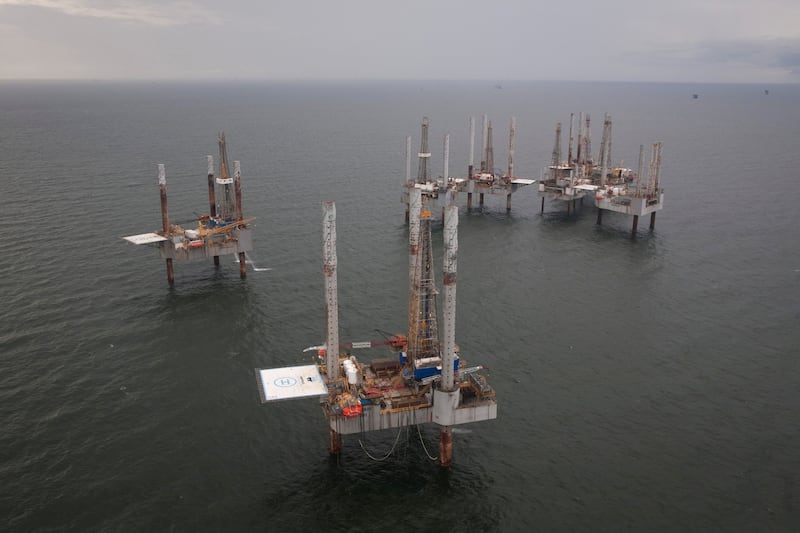The International Energy Agency (IEA) has raised its oil demand growth forecast for this year and the next on record demand in China and “resilient” US crude deliveries.
The Paris-based agency expects global crude demand to rise by 2.4 million barrels per day in 2023, up from its previous forecast of 2.3 million bpd growth.
Oil demand in 2024 is now projected to grow by 930,000 bpd, up from the IEA’s previous estimate of 900,000 bpd, the agency said in its monthly oil market report on Tuesday.
“For now, with demand still exceeding available supplies heading into the northern hemisphere winter, market balances will remain vulnerable to heightened economic and geopolitical risks and further volatility ahead,” the agency said.
“Fears that the war between Israel and Hamas would escalate into a wider regional conflict, disrupting oil supply flows, have yet to materialise.”
China, the world’s second-largest economy and top crude importer, is set to account for 1.8 million bpd of the total increase in demand in 2023 after consumption reached a record high of 17.1 million bpd in September.
In the Organisation for Economic Co-operation and Development (OECD) countries, economic headwinds are “increasingly apparent”, with this year’s slim demand gains giving way to a contraction in 2024, the IEA said.
Saudi Arabia and Russia’s voluntary output cuts of a combined 1.3 million bpd will keep the oil market in a “significant” deficit through year-end, with the Opec+ alliance pumping 900,000 bpd below the demand for its crude, the agency said.
Brent, the benchmark for two thirds of the world’s oil, surged to $95 a barrel in September on concerns about tightening crude supplies.
However, rising shipments from sanctioned countries as well as concerns about the global economy have dragged crude prices lower in recent weeks.
Brent was trading 0.11 per cent higher at $82.61 a barrel at 1.33pm UAE time on Tuesday. West Texas Intermediate, the gauge that tracks US crude, was up 0.13 per cent at $78.36 a barrel.
“The market rally that pushed benchmark oil prices towards triple digits in September reversed sharply in October, despite continued tight crude supplies and an intensifying conflict in the Middle East,” the IEA said.
“The abrupt sell-off came as market concerns shifted from supply risks to the global economy and oil demand.”
Meanwhile, Russian oil exports eased by 70,000 bpd to 7.5 million bpd last month as higher crude oil shipments failed to offset a decline in the flow of refined products, the IEA said.
Moscow’s estimated revenue from oil exports fell by $25 million to $18.34 billion in October as oil prices declined.
The IEA also said a temporary easing of US sanctions on Venezuela in late October will have only a “marginal” impact on supply, as production increases from the country’s battered oil sector will take time and investment.
Last month, the US Treasury Department issued a six-month general licence that temporarily authorised transactions involving Venezuela's oil and gas sector after a deal was reached between the government and the country’s political opposition to ensure fair elections next year.
On Monday, Opec raised its forecast for oil demand growth in 2023 and said it expected record demand from China and India in the fourth quarter.
World oil demand will rise by 2.5 million bpd this year, up from the group’s previous forecast of 2.44 million bpd, the group said in its monthly oil market report.






